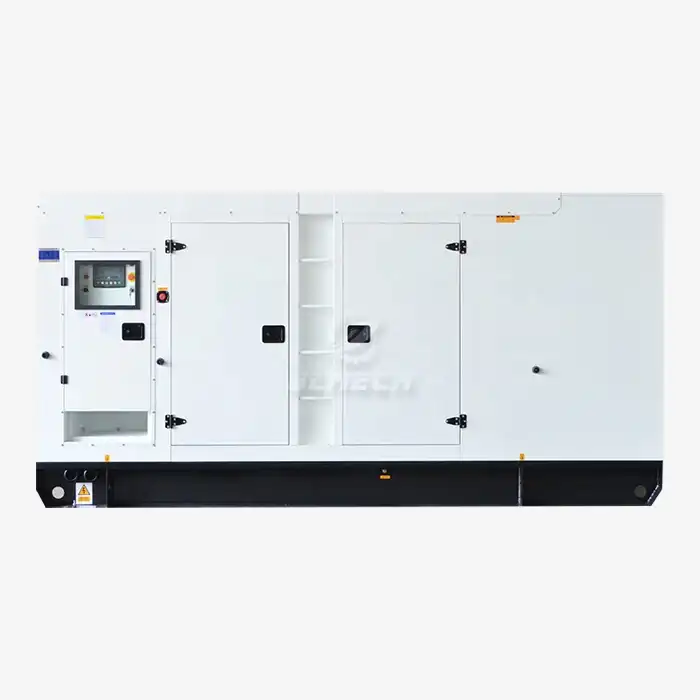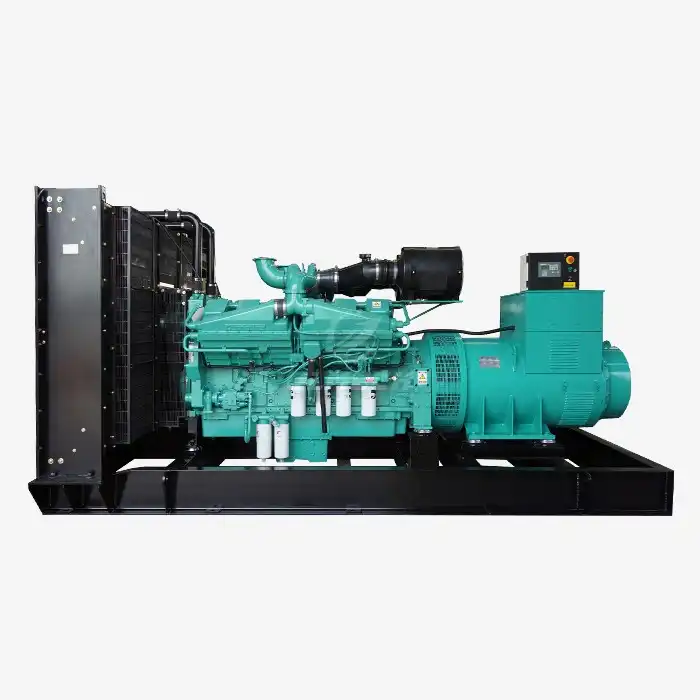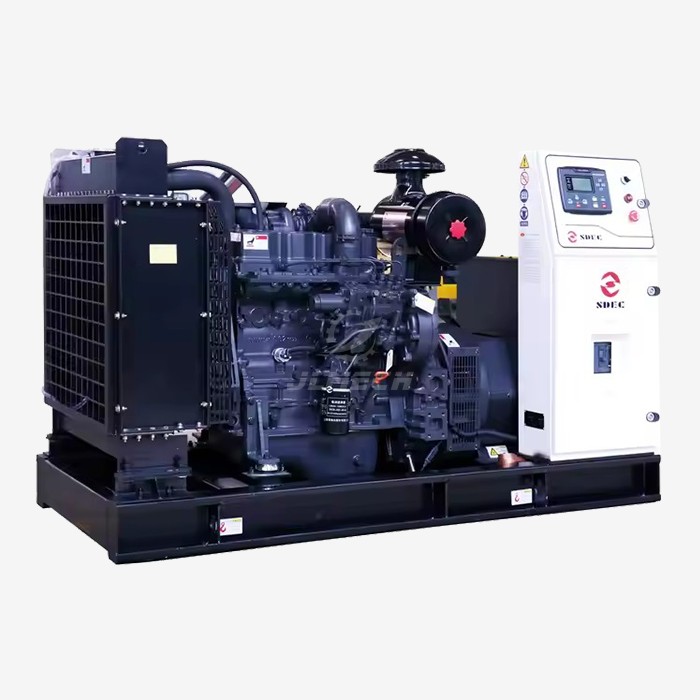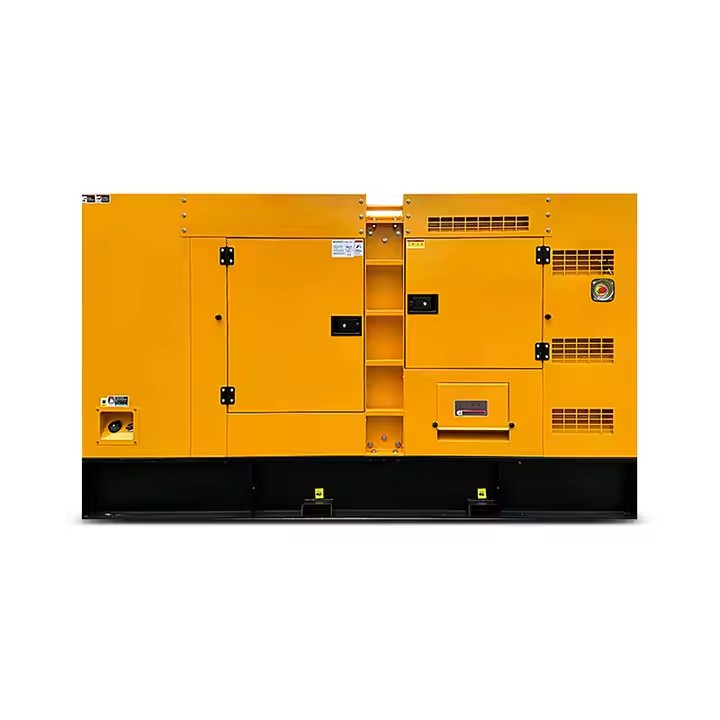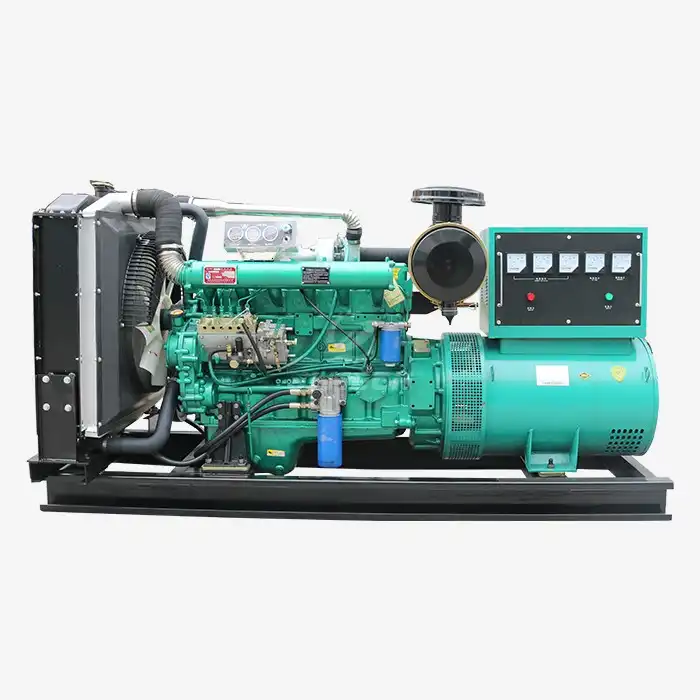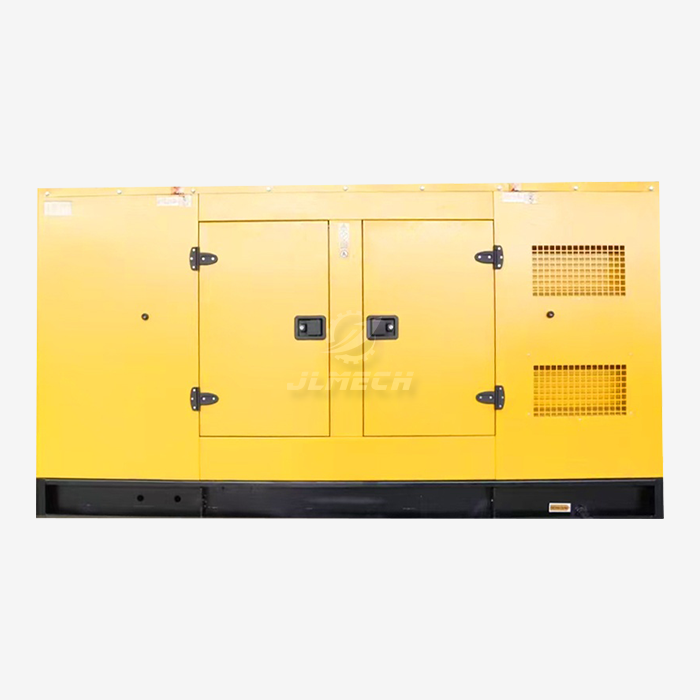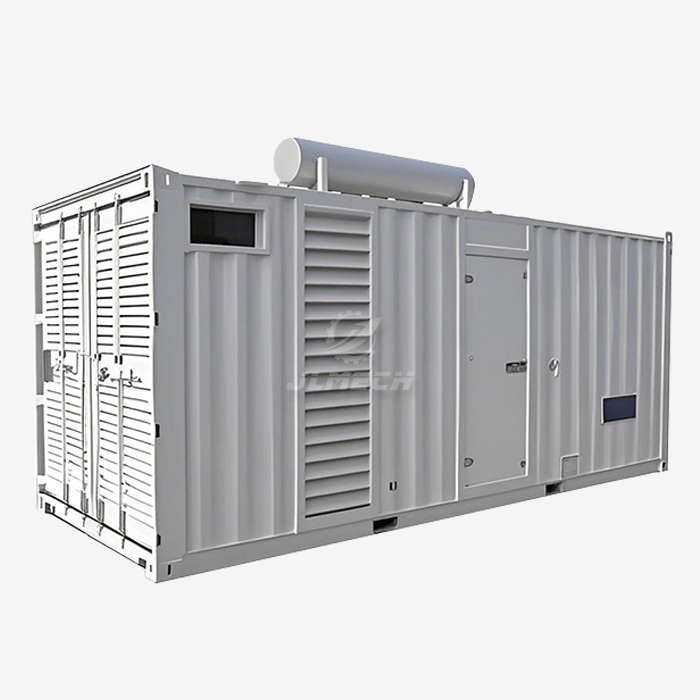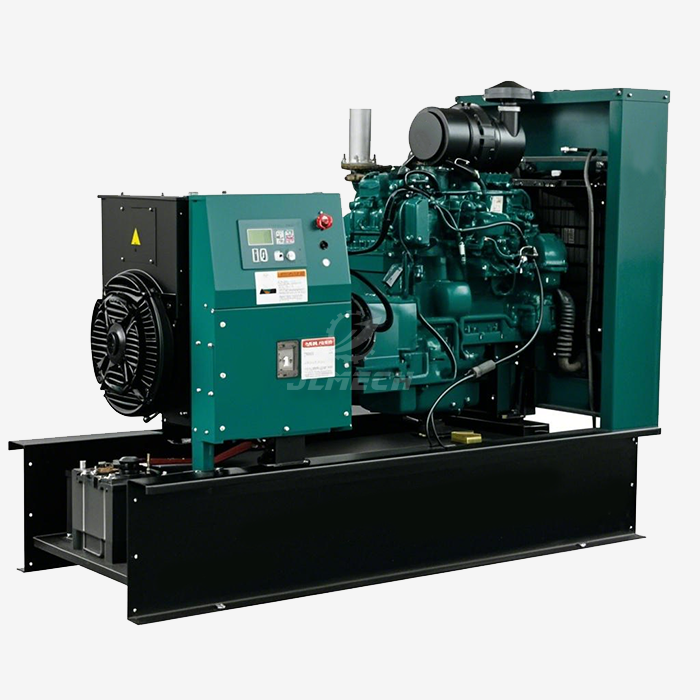How to troubleshoot a diesel generator?
When your diesel generator fails, it's not just an inconvenience—it can mean operational disruption, financial loss, and compromised safety. Understanding how to systematically identify and resolve common issues is essential for maintaining reliable backup power. Effective generator troubleshooting begins with a structured approach that prioritizes safety and follows a logical progression from simple checks to more complex diagnostics. This comprehensive guide will walk you through the essential steps of diesel generator troubleshooting, helping you quickly restore power while avoiding unnecessary costs and downtime.

Preliminary Safety Checks
Before beginning any troubleshooting, always prioritize safety. A single oversight can lead to serious injury or further equipment damage.
Secure the Work Area: Ensure the generator is on a stable, level surface and the surrounding area is clear of flammable materials.
Disconnect Power: Turn off the generator and disconnect the battery to prevent accidental starting.
Allow Cooling: Let the engine cool completely before inspecting any components, especially those near the exhaust system.
Wear Appropriate PPE: Use insulated gloves, safety glasses, and protective clothing when working with electrical components.
Check for Leaks: Inspect for visible fuel, oil, or coolant leaks before proceeding with diagnostics.
These fundamental safety measures create the foundation for effective and secure generator troubleshooting.
Starting Problems
Failure to start is one of the most common generator issues. Methodically check these key areas to identify the source of the problem.
Fuel System:
Verify adequate fuel level and fuel quality
Check for clogged fuel filters and water in the fuel
Inspect fuel lines for cracks, leaks, or blockages
Ensure the fuel shut-off valve is fully open
Battery and Electrical Connections:
Test battery voltage (should be 12.6V or higher for a 12V system)
Check for corroded or loose battery terminals
Inspect wiring to starter motor and solenoid
Verify proper operation of battery charger if equipped
Starting Motor and Solenoid:
Listen for clicking sounds when attempting to start
Test starter motor engagement
Check solenoid operation and electrical connections
Electrical Output Issues
When the generator runs but produces little, no, or unstable power, focus your investigation on these components:
Automatic Voltage Regulator (AVR):
Check for loose connections to and from the AVR
Test AVR output voltage according to manufacturer specifications
Inspect for visible damage or burn marks
Generator Rotation and Excitation:
Verify the generator is operating at correct rated speed
Check for loss of residual magnetism
Inspect brushes and slip rings for wear or damage (if applicable)
Circuit Breakers and Protection Devices:
Reset tripped circuit breakers
Check for overload conditions
Verify proper operation of all safety shutdown devices
Performance and Operation Problems
If your generator starts but runs poorly, exhibits power fluctuations, or overheats, investigate these areas:
Engine Performance:
Check air filter for restrictions
Inspect fuel injection system and injectors
Verify proper valve clearance
Monitor exhaust color (black smoke indicates overfueling, white smoke may suggest incomplete combustion)
Cooling System:
Check coolant level and condition
Inspect for coolant leaks
Verify radiator and cooling fins are clean and unobstructed
Test thermostat operation and water pump function
Governor System:
Check for stable engine speed under load
Inspect mechanical linkage for binding or wear
Verify proper operation of electronic governor systems
Unusual Noises and Vibrations
Abnormal sounds or excessive vibration often indicate mechanical problems requiring immediate attention:
Engine Knocking:
May indicate improper fuel injection timing
Could signal worn engine bearings or other internal components
Excessive Vibration:
Check engine and generator alignment
Inspect mounting bolts and vibration isolators
Verify all rotating components are properly balanced
Bearing Noise:
Listen for grinding or whining sounds from either end of the generator
Check bearing temperature during operation
Automatic Transfer Switch (ATS) Issues
For standby generators, problems often originate in the ATS rather than the generator itself:
Failure to Transfer:
Verify control power to the ATS
Check for proper utility voltage sensing
Test transfer mechanism operation
Uncommanded Transfer:
Investigate false signals from utility sensing circuit
Check for wiring faults in control circuits
Verify proper settings and calibration
Systematic Troubleshooting Approach
Implementing a structured methodology significantly improves generator troubleshooting efficiency and effectiveness:
Gather Information:
Document all symptoms and recent maintenance history
Note any warning lights or error codes
Identify when the problem first occurred and under what conditions
Follow a Logical Sequence:
Start with visual inspection for obvious issues
Progress from simple to complex checks
Verify one system at a time before moving to the next
Utilize Proper Tools:
Multimeter for voltage, resistance, and continuity checks
Clamp-on ammeter for current measurements
Pressure gauges for fuel system testing
Infrared thermometer for temperature checks
Preventive Maintenance Tips
Regular maintenance prevents many common generator problems before they occur:
Scheduled Servicing:
Change oil and filters according to manufacturer recommendations
Test and clean battery terminals regularly
Perform regular load bank testing to verify capability
Fuel Management:
Use fuel stabilizers for generators in standby service
Periodically test fuel quality
Consider fuel polishing for long-term storage
Exercise Schedule:
Run the generator regularly under appropriate load
Vary load conditions during exercise periods
Document all exercise sessions and any observations
Conclusion
Effective generator troubleshooting requires a methodical approach that combines technical knowledge with practical experience. By following this structured process—beginning with safety precautions, progressing through systematic component checks, and addressing both immediate symptoms and root causes—you can resolve most common generator problems efficiently. Remember that complex issues may require professional assistance, particularly those involving internal engine components or complex control systems. Regular preventive maintenance remains your most powerful tool for minimizing generator downtime and ensuring reliable performance when you need it most.
Our technical team specializes in diagnosing and resolving generator issues across all makes and models. For professional generator troubleshooting assistance or customized power solutions, contact our experts at skala@whjlmech.com.
References
Generator Manufacturers Association. (2021). Recommended Practice for Diesel Generator Maintenance and Troubleshooting. GMA Technical Publication TP-107.
International Organization for Standardization. (2018). Reciprocating internal combustion engine driven generating sets — Part 1: Application, ratings and performance (ISO 8528-1:2018).
National Fire Protection Association. (2020). Standard for Emergency and Standby Power Systems (NFPA 110).
Johnson, M. (2022). Emergency Power Systems: A Comprehensive Guide to High-Speed Diesel Generators. Power Engineering Quarterly, 45(3), 78-92.



